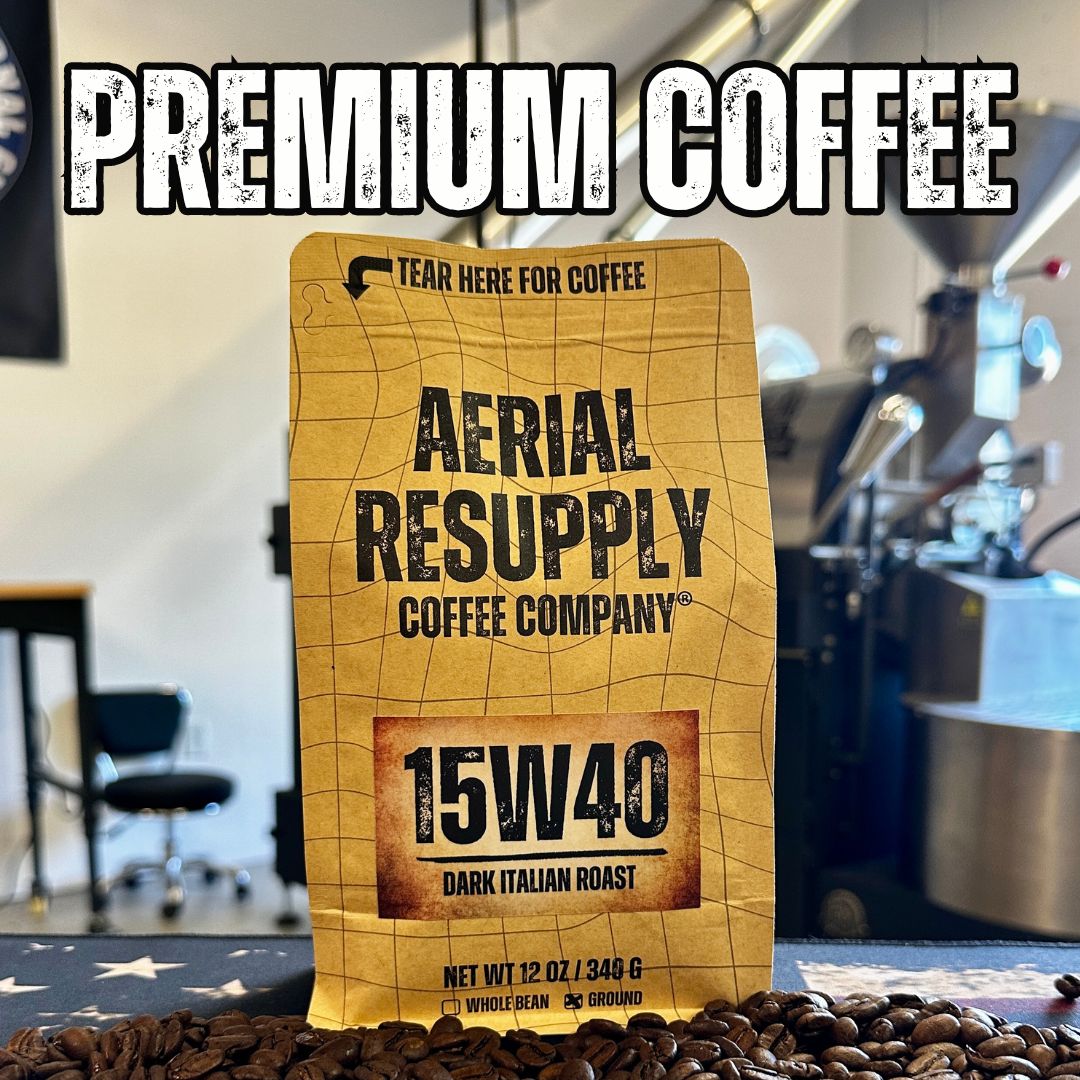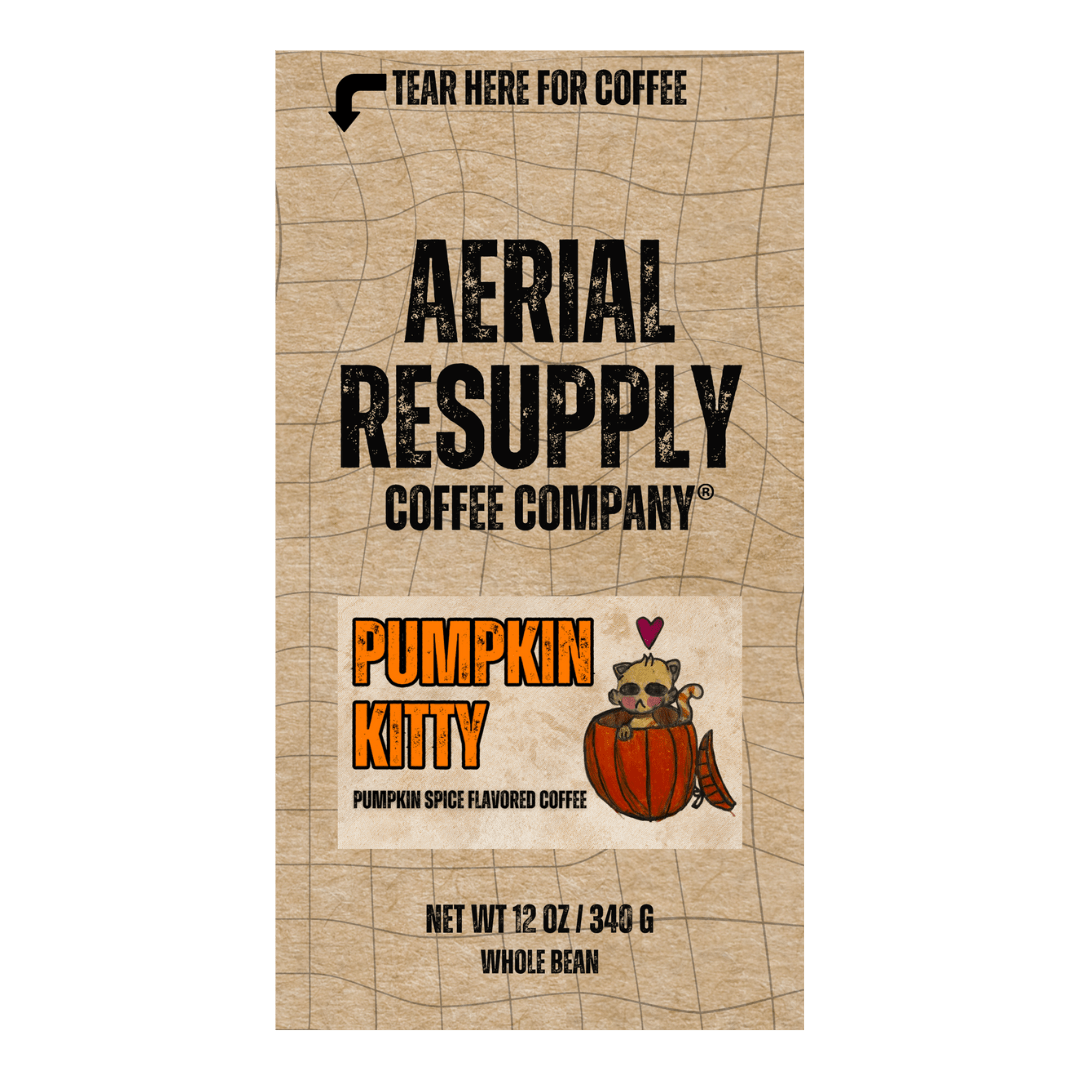Good Coffee vs Great Coffee: What's the Difference?
Differentiating Good and Great Coffee
Coffee is one of the most popular and widely consumed beverages in the world. But not all coffee is created equal. There are many factors that affect the quality and taste of coffee, from the origin and processing of the beans to the roasting and brewing methods. How can you tell if your coffee is good or great? Here are some key aspects to consider:
Coffee Grading and Quality
Coffee beans are graded according to their physical characteristics, such as size, shape, color, density, and defects. The higher the grade, the fewer defects and more uniformity the beans have. Coffee grading is done by trained professionals who inspect samples of green (unroasted) beans under standardized conditions.
There are different grading systems used in different countries and regions, but one of the most widely recognized is the Specialty Coffee Association (SCA) system. The SCA system defines specialty coffee as coffee that scores 80 points or above on a 100-point scale based on sensory evaluation. Specialty coffee represents the highest quality of coffee available, with distinctive flavors and aromas that reflect the origin and variety of the beans.
Commercial coffee, on the other hand, is coffee that scores below 80 points on the SCA scale or does not meet the criteria for specialty coffee. Commercial coffee is usually mass-produced and blended from different sources, resulting in a generic and bland flavor. Commercial coffee may also contain more defects, such as broken, black, or sour beans, that can negatively affect the taste and freshness of the coffee.
Sensory Evaluation
Sensory evaluation is the process of assessing the aroma and flavor of coffee using your senses of smell, taste, and sight. Sensory evaluation is done by trained cuppers who follow a standardized protocol to prepare and taste samples of roasted and ground coffee. Cuppers use a scoring sheet to rate different attributes of the coffee, such as fragrance, aroma, acidity, body, flavor, aftertaste, balance, sweetness, uniformity, and cleanliness.
Sensory evaluation helps identify the tasting notes of different coffees, which are descriptive terms that describe the characteristics of the coffee’s aroma and flavor. Tasting notes can range from fruity, floral, nutty, chocolatey, spicy, earthy, herbal, to many more. Tasting notes can help you appreciate the diversity and complexity of coffee flavors and find coffees that suit your preferences.
Visual Cues
Visual cues are another way to differentiate good and great coffee. Visual cues refer to the appearance of the coffee beans before and after roasting. The appearance of the beans can indicate their quality, freshness, and roast level.
The quality of the beans can be judged by their size, shape, color, density, and defects. As mentioned earlier, higher quality beans have fewer defects and more uniformity. Lower quality beans may have irregular shapes or sizes, discoloration or spots, cracks or holes, mold or insects, or foreign matter.
The freshness of the beans can be judged by their moisture content and oiliness. Fresh beans have a higher moisture content than stale beans. Fresh beans also have less oil on their surface than stale beans. Oiliness is a sign of oxidation or rancidity that occurs when beans are exposed to air for too long or stored improperly.
The roast level of the beans can be judged by their color and texture. Roast level refers to how long and how hot the beans are roasted. Roast level affects the flavor and caffeine content of the coffee. There are different roast levels ranging from light to dark, each with its own characteristics:
- Light roast: Light brown color with no oil on the surface. Light roast preserves more of the original flavor and acidity of the beans. Light roast also has more caffeine than darker roasts.
- Medium roast: Medium brown color with little or no oil on the surface. Medium roast balances the original flavor and acidity of the beans with some caramelization and sweetness. Medium roast has less caffeine than light roast but more than dark roast.
- Dark roast: Dark brown or black color with oil on the surface. Dark roast reduces or masks the original flavor and acidity of the beans with more caramelization and bitterness. Dark roast has less caffeine than medium roast but more body.

The Cargo Bag of Coffee from Aerial Resupply Coffee
Brewing Mastery
Brewing mastery is the skill of preparing coffee using different equipment and methods. Brewing mastery affects how well you extract the flavor and aroma from your coffee grounds. Brewing mastery also affects how you control various variables that influence your coffee’s taste, such as brew time, temperature, ratio, grind size, agitation, filtration, etc.
There are many brewing methods to choose from, each with its own advantages and disadvantages. Some of the most common brewing methods are:
- Drip: Drip coffee is brewed by pouring hot water over ground coffee in a filter. The filter holds the grounds and lets the brewed coffee drip into a pot or cup. Drip coffee is easy to use and produces a consistent and clean cup of coffee.
- French press: French press coffee is brewed by steeping coarsely ground coffee in hot water for a few minutes. Then, a plunger with a metal mesh filter is pressed down to separate the grounds from the brewed coffee. French press coffee is simple and produces a full-bodied and rich cup of coffee.
- Espresso: Espresso coffee is brewed by forcing pressurized hot water through finely ground coffee in a portafilter. The portafilter is attached to an espresso machine that controls the pressure and temperature of the water. Espresso coffee is intense and produces a thick layer of crema on top.
- Pourover: Pourover coffee is brewed by pouring hot water over ground coffee in a cone-shaped filter. The filter is placed on top of a carafe or cup that collects the brewed coffee. Pourover coffee is precise and produces a smooth and balanced cup of coffee.
- Cold brew: Cold brew coffee is brewed by steeping coarsely ground coffee in cold or room-temperature water for several hours or days. Then, the grounds are filtered out and the brewed coffee is stored in the fridge. Cold brew coffee is smooth and has less acidity and bitterness than hot-brewed coffee.
Coffee Freshness
Coffee freshness is the quality of your coffee that depends on how well you store it after roasting and before brewing. Coffee freshness affects how much flavor and aroma your coffee retains over time. Coffee freshness also affects how much oxidation and degradation your coffee undergoes due to exposure to air, moisture, heat, and light.
Proper storage techniques are essential to preserve your coffee’s freshness and prevent it from going stale or rancid. Here are some tips for storing your coffee correctly:
- Use an opaque, airtight container that blocks out light and air. Avoid clear or plastic containers that can let in light or oxygen.
- Keep your container at room temperature away from heat sources or direct sunlight. Avoid storing your coffee in the fridge or freezer, as this can cause condensation and moisture that can ruin your coffee.
- Buy whole beans instead of pre-ground coffee, as whole beans stay fresh longer than ground coffee. Grind only the amount you need before brewing, as ground coffee loses flavor and aroma faster than whole beans.
- Check the roast date on your coffee package, as this indicates when your coffee was roasted. Ideally, buy freshly roasted coffee that has a roast date within 1–2 weeks of purchase. Consume your coffee within 1–2 weeks of opening the package for optimal freshness.
Conclusion and Exploration
As you can see, there are many differences between good and great coffee. From the grading and quality of the beans to the sensory evaluation and visual cues, from the brewing mastery to the freshness preservation, every aspect matters when it comes to enjoying a delicious cup of joe.
But don’t take my word for it. The best way to learn about good and great coffee is to explore it yourself. Try different coffees from different origins, varieties, roasts, and brews. Experiment with different equipment, methods, ratios, temperatures, and times. Taste different flavors, aromas, body, acidity, sweetness, and balance.
And most importantly, have fun with it. Coffee is not only a beverage but also a hobby, a passion, and a culture. There are many resources available for you to learn more about coffee quality and expand your knowledge and skills. Here are some of them:
- Coffee Review: An online publication that features expert reviews and ratings of coffees from different regions, roasters, and brands. They also provide guides, articles, blogs, podcasts, and newsletters on various topics related to coffee quality.
- Coffee Geek: A website that offers comprehensive information on everything related to coffee. They have forums, reviews, articles, blogs, podcasts, videos, guides, tips, tricks, recipes, and more.
I hope you enjoyed this article and learned something new about good and great coffee. If you did, please share it with your friends and family who love coffee as much as you do





